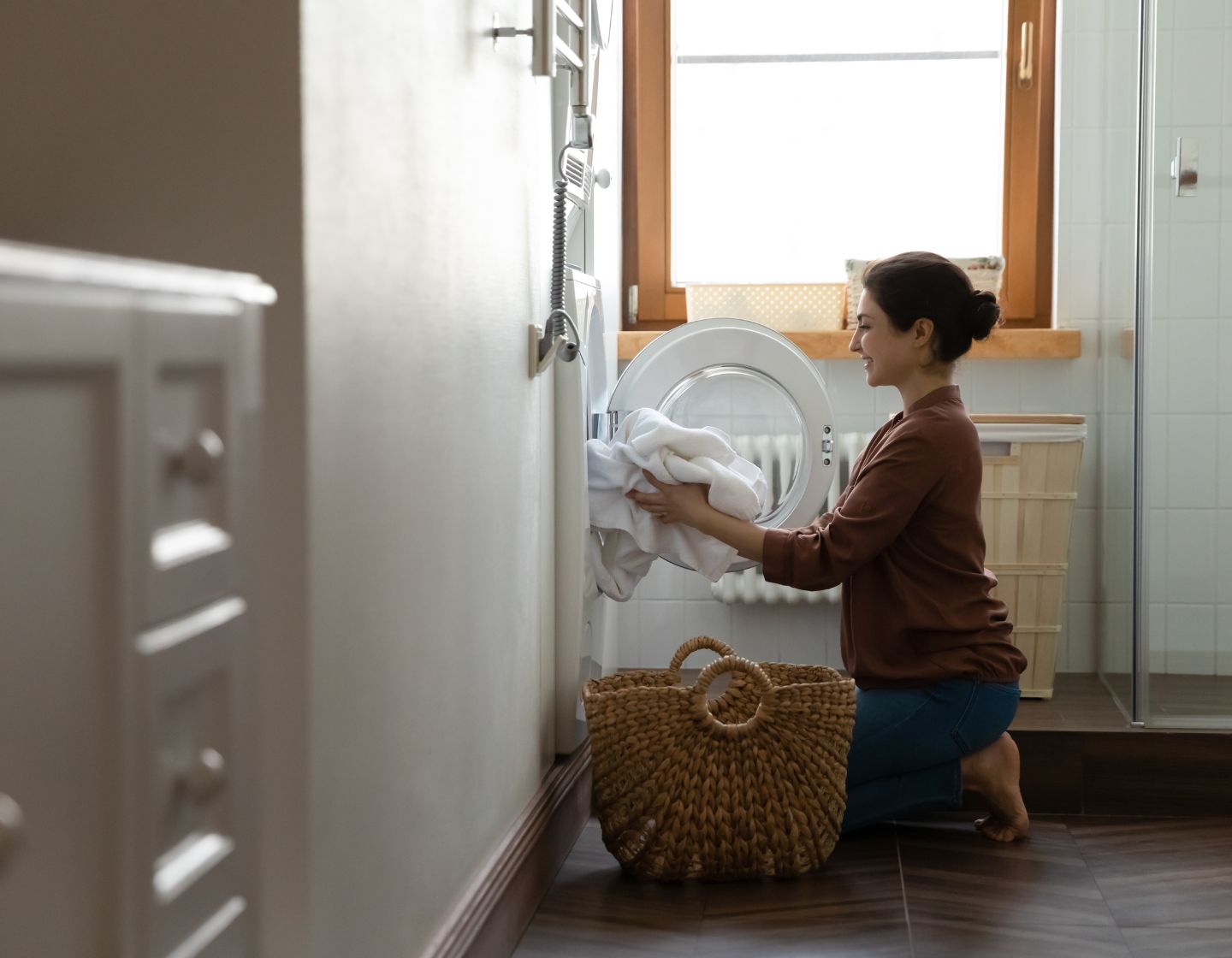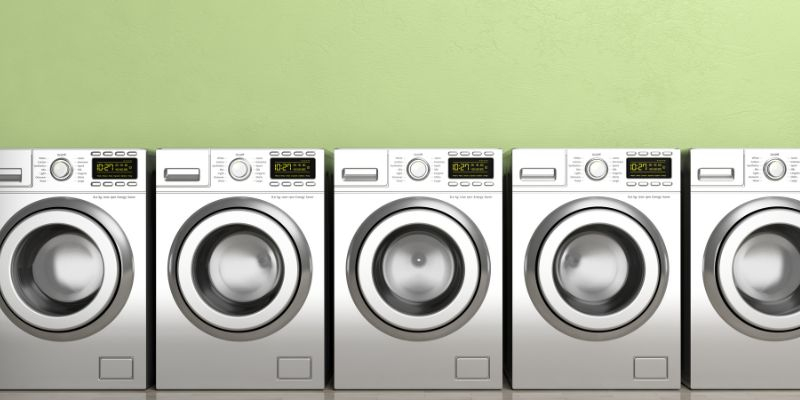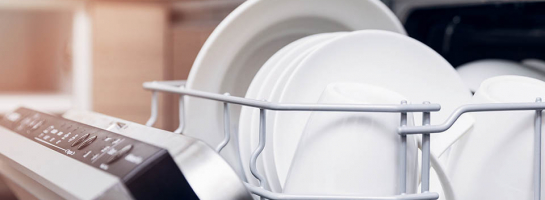Heat pump, vented and condenser tumble dryers: what’s the difference?
In today’s environment where energy efficiency and sustainability are increasingly important, choosing the right household appliances can make a significant difference in reducing your carbon footprint and cutting your energy bills. This is particularly true when it comes to tumble dyers, which consume a considerable amount of energy.
You’ll likely find several types of tumble dryers on the market, which can get confusing! This article will explore the three primary types of tumble dryers – heat pump, vented and condenser – highlighting their differences to help you make an informed decision.
What is a condenser tumble dryer?
Condenser tumble dryers remove moisture by moving hot air into a separate condensing chamber where it’s condensed into water. It is then collected and stored in a container under the machine which needs to be emptied regularly. One of the most popular advantages of condenser tumble dryers is that they don’t need an external vent, so you can pretty much install it anywhere at home.
However, they are less energy efficient than heat pump tumble dryers. This is because air has to be converted into water, which requires a ton of energy.
We recently crunched the numbers based on current energy prices and found that on average, a condenser tumble dryer uses 5.2kWh for a full load amounting to £1.77 per wash.

What is a vented tumble dryer?
A vented tumble dryer is the most common type of dryer. It works by removing the moisture through a vent, fitted to an external wall or through a hose. Unlike a condenser dryer, it expels moisture rather than converts it. This process makes them slightly restrictive as there are only so many places one can be fitted.
It takes air from the room, heats it and then blows it around the drum as the clothes spin. The warm air passing through the clothes causes the moisture to evaporate, exiting through the vent as steam.
We calculated that a vented tumble dryer uses 5.34kWh for a full load, costing £1.82 per cycle – making it the most expensive option.
What is a heat pump tumble dryer?
Heat pump tumble dryers have grown in popularity because they are more energy efficient than other dryers. They run at lower temperatures which means they are kinder to your clothes and keep energy bills down.
Unlike a vented tumble dryer that needs a vent to release moisture into the air, a heat pump tumble dryer has a built-in vent. It uses hot air to absorb the moisture from your clothes. After the air passes through the drum, it goes through the evaporator, removing the moisture. This condensation is then collected and stored in a tank. The rest of the air is reheated and used to continue drying your clothes.
So while condenser and vented tumble dryers release the hot air used to dry clothes, a heat pump tumble dryer reuses it, like its very own circular economy! And like a condenser tumble dryer, it gives you more freedom to place anywhere that’s safe in your home. This is particularly beneficial for homes with minimal space, like apartments.
Although you may notice that heat pump tumble dryers are more expensive and take slightly longer to dry, the amount of energy you’ll save quickly outweighs these somewhat disadvantages.
When we calculated the savings for a heat pump tumble dryer, we found significant differences. On average, a heat pump dryer uses 2.16kWh which works out at 73p per cycle – more than half the price of a vented and condenser tumble dryer.

Does this mean I should choose a heat pump tumble dryer?
While every customer has different priorities – space, costs, maintenance and location – a heat pump tumble dryer pretty much wins in all categories. Especially when it comes to energy efficiency and reduced costs. We love them because they’re cheaper to run, protect your clothes and give you the freedom to install them anywhere in your home.
And it doesn’t look like energy prices are dropping anytime soon, so it may be time to look for new ways to reduce household costs. We have an innovative and dynamic range of energy-efficient appliances for you to discover next.



I’d never buy a heat pump dryer again as mine was absolutely useless. Condenser all the way for me.
Miele T1 Heat Pump Tumble dryer- best decision I’ve made!!